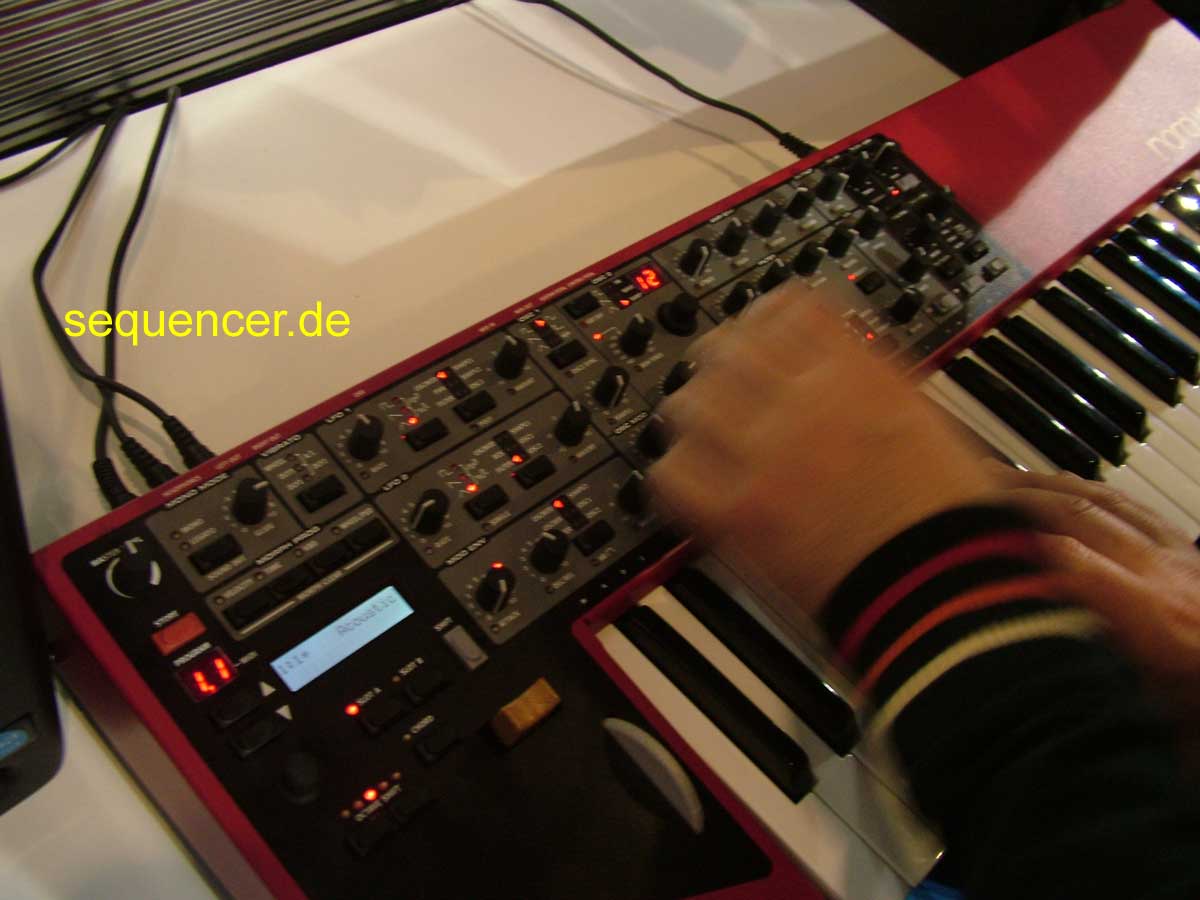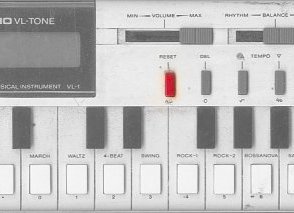Sneakthief's Custom Built Midi Sequencer

.:DIY MIDI Sequencer:.
Livepa.org member Sneakthief has been building himself a custom midi sequencer for use at his live shows. The basic build design is taken from the Ucapps.de site, but he has designed custom code for the sequencer. You may be thinking that the sequencer's design is a little unorthodox, but he has designed it not to write his music out on, but rather just perform it. Sneakthief states that all of the composition will actually be done on other modules and he will then load all of the midi sequences on to the box for performance. He has some great ideas in here that I am surprised no other sequencers have used these, such as two independent yet syncable sequencers. They can work together, yet if one goes down the show is not over!!!
The complete build discussion, as well as tons of pictures can be found at the link above.
Quote's from Sneakthief on the idea:
I'm in the process of developing a very simple pattern sequencer that supports up to 256-measure long tracks. I'm going to use the Midibox as my platform and write everything in C (no I can't use the Midibox Sequencer because it's much easier to start from scratch).......I'm not going to write music with this - at the moment it's strictly for live performance so I'll be loading sequences from my other boxes...... As time goes by, I'll be able to program new features.......what's nice about the dual lcd's is that they're 2 totally independant hardware sequencers that can either run separately or in sync. more importantly, if one ever dies (highly unlikely), i won't be screwed over!
Specs:
Here are the specifications:
1. 2 independent sequencers, one of which can be slaved to the other.
2. Each sequencer will be able to load one "song" at a time. A song is chosen by the push-button rotary encoder.
3. 16 sections per song
4. 6 tracks per section that can be muted or unmuted with the track-mute buttons (more than 6 tracks could be implemented, but that's all I need)
5. 256 measures per track - this is where this really differs from the Midibox Seq
4. Components
Midibox modules:
2x Cores
2x AIN
2x DIN
2x DOUT




















